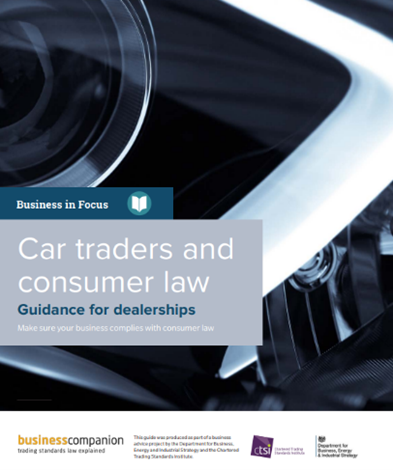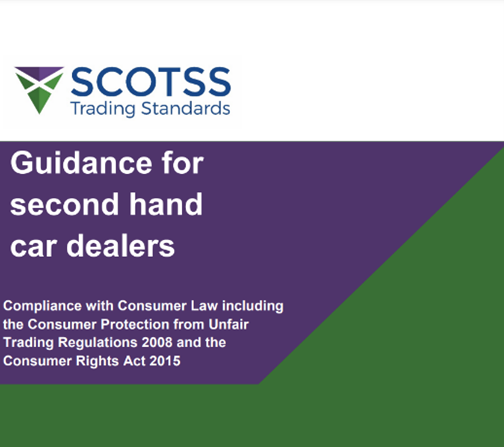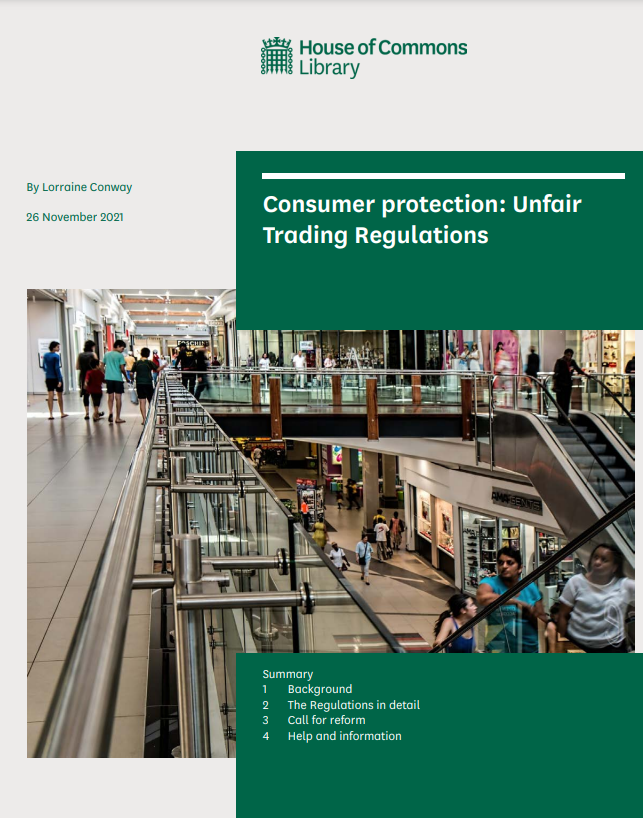Let’s start by saying not every consumer complaint is valid – Sometimes a consumer’s expectations are beyond what a reasonable person would expect.
The motor industry has guidelines to follow which are set out by the Advertising Standards Authority (ASA) and Trading Standards (TS). Any seller not adhering to these guidelines can be taken to court, fined and prosecuted.
The Consumer Protection from Unfair Trading Regulations 2008
So, let’s look what they say

Adverts must not mislead or omit information. https://www.asa.org.uk/type/non_broadcast/code_section/03.html
3.3
Marketing communications must not mislead the consumer by omitting material information. They must not mislead by hiding material information or presenting it in an unclear, unintelligible, ambiguous or untimely manner.
Material information is information that the consumer needs to make informed decisions in relation to a product. Whether the omission or presentation of material information is likely to mislead the consumer depends on the context, the medium, and if the medium of the marketing communication is constrained by time or space, the measures that the marketer takes to make that information available to the consumer by other means.
Trading Standards and SCOTSS Trading Standards
3.3 For a practice to be unfair under the first four rules above, it must cause, or be likely to cause, the average consumer to take a different decision; for example, where they cause the consumer to: view the vehicle when they would not otherwise have done so, and/or buy the vehicle when they would not otherwise have done so, and/or buy the vehicle at a higher price or on more disadvantageous terms than they would have otherwise done.
4.2 It is a breach of the CPRs to give false information to consumers, or to deceive consumers, where this is likely to cause the average consumer to take a different decision (misleading actions).
4.4 Misleading information may be given verbally, in writing or visually.
Creating a misleading impression about the previous usage of a vehicle; for example, giving the impression that a vehicle has one previous user – through the use of statements such as ‘one previous owner’ – when in fact it has had multiple previous users.
Giving insufficient information to consumers (misleading omissions – regulation 6)
4.5 It is a breach of the CPRs to mislead consumers by failing to give them the information they need in order to make informed decisions.
EXAMPLES OF MISLEADING OMISSIONS:
Failing to disclose that a vehicle for sale is an ex-business use vehicle which may have had multiple users, for example a vehicle that has previously been used for rental, as a taxi or by a driving school – in such circumstances it is not sufficient to only inform the consumer of the mileage and the number of previous owners.
4.6 This might, for example, be by omitting or hiding important information you are aware of (or you should reasonably have been aware of as a professional in the motor trade) or providing important information in an unclear, unintelligible, ambiguous, or untimely manner, where this is likely to cause the average consumer to take a different decision.
In Brief
The Unfair Trading Regulations apply to ‘business to consumer’ practices. They impose a general prohibition on traders in all sectors from engaging in unfair commercial practices with consumers. Specifically, they protect consumers from unfair or misleading trading practices and ban misleading omissions and aggressive sales tactics. There is an obligation to trade fairly and honestly with consumers. Consumers have rights of redress if they have been the victim of misleading actions or aggressive selling. Crucially, the Unfair Trading Regulations apply before, during and after a consumer contract is made.
An omission failing to tell a consumer about the previous business use of a vehicle (Taxi – L driver vehicle)
Misleading Action Telling a consumer that the vehicle was privately owned when in fact it was an ex police car.



